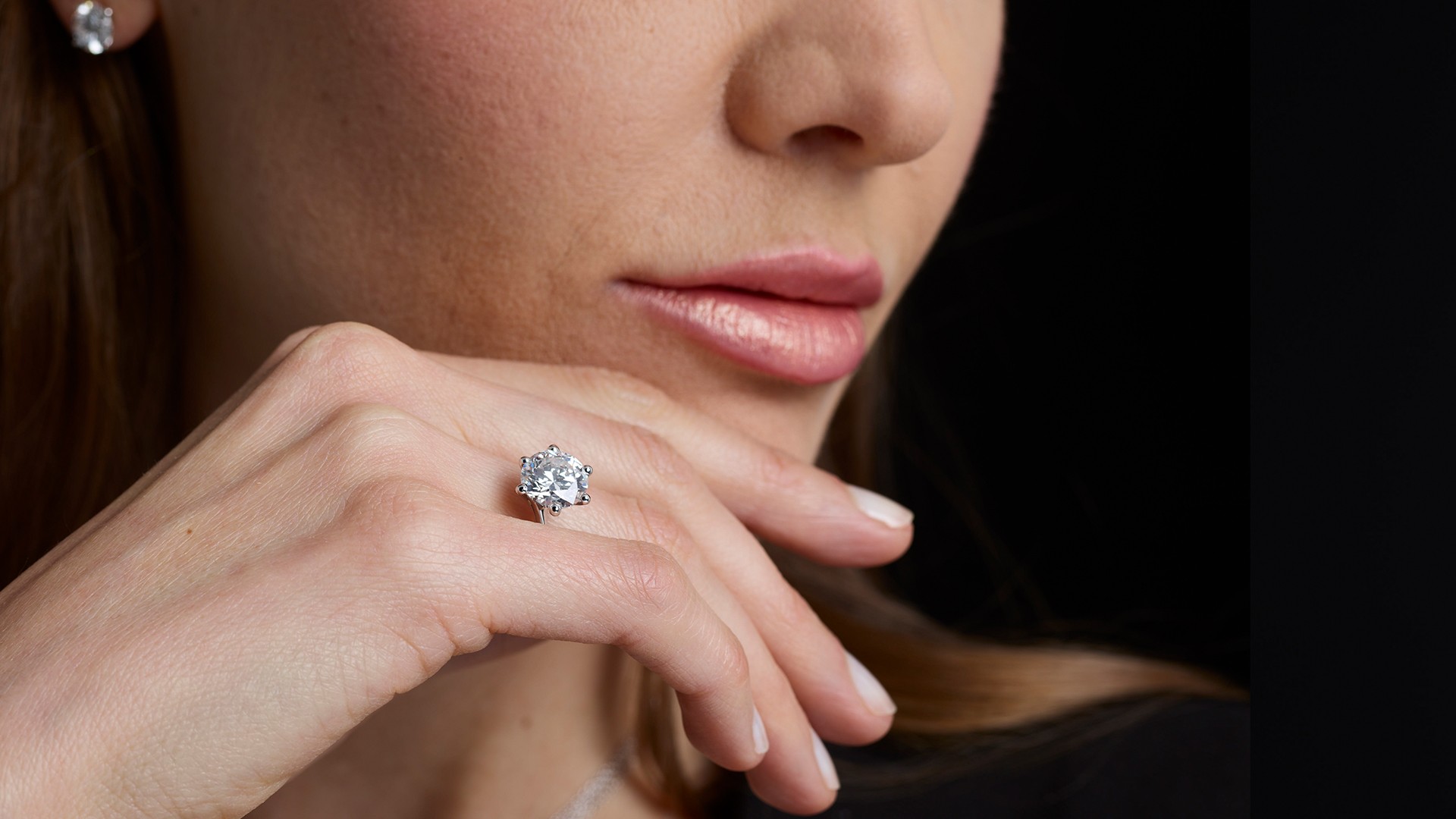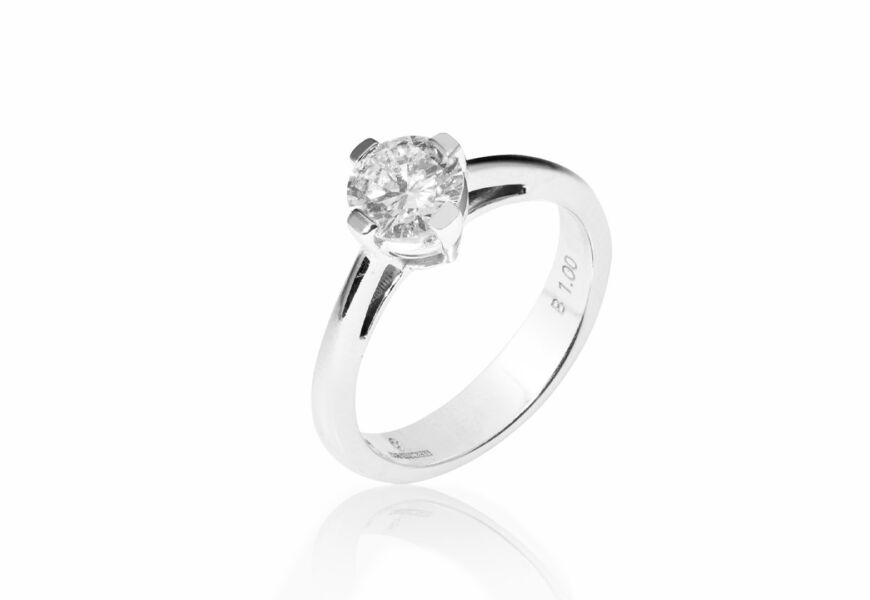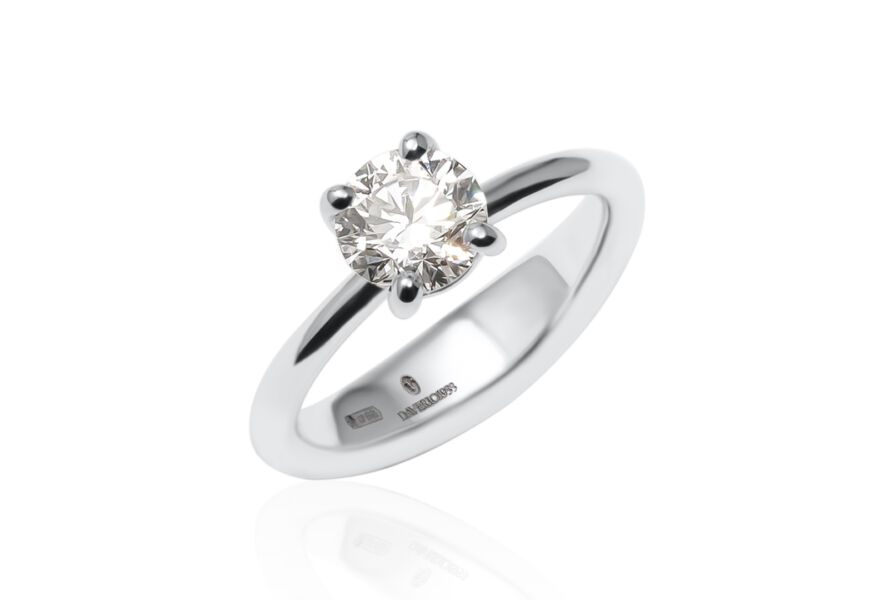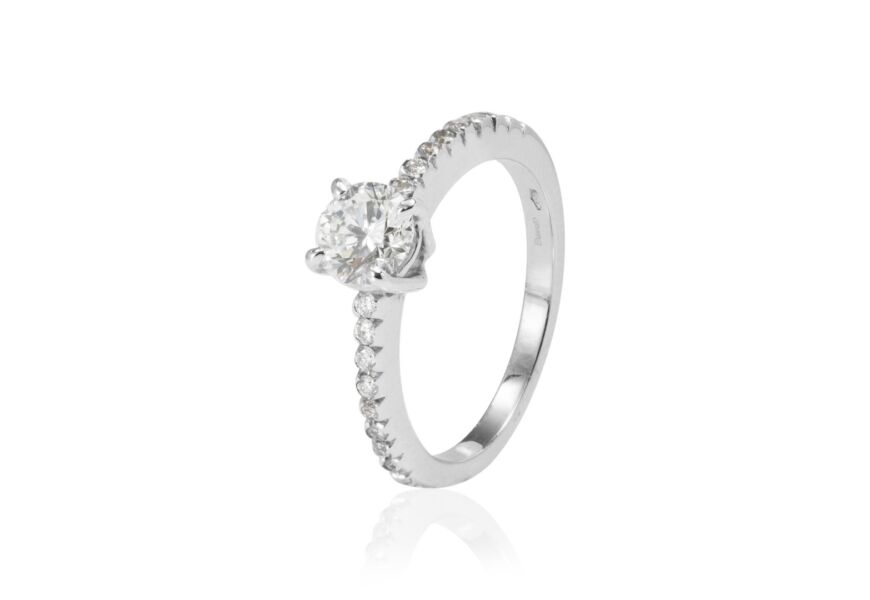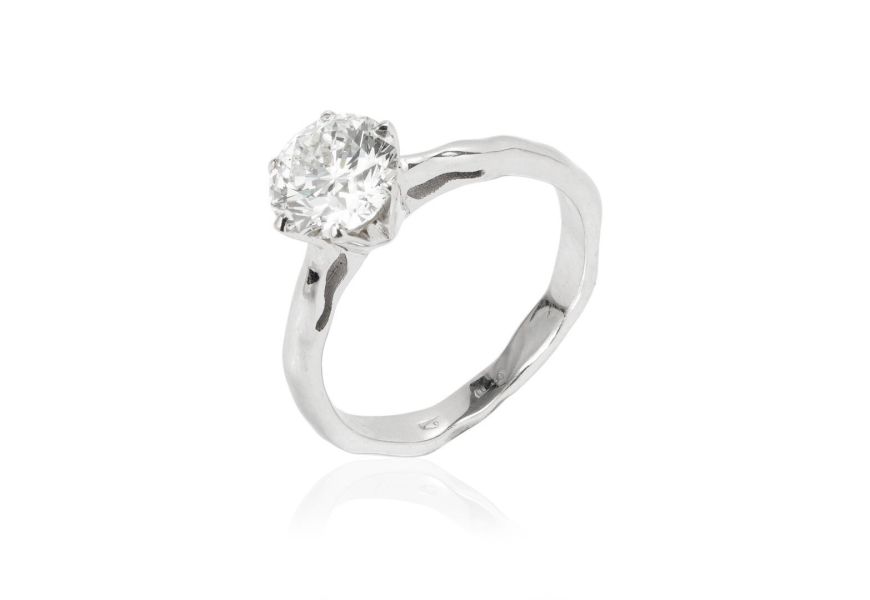How to choose a solitaire: 3 tips for purchasing the perfect jewel
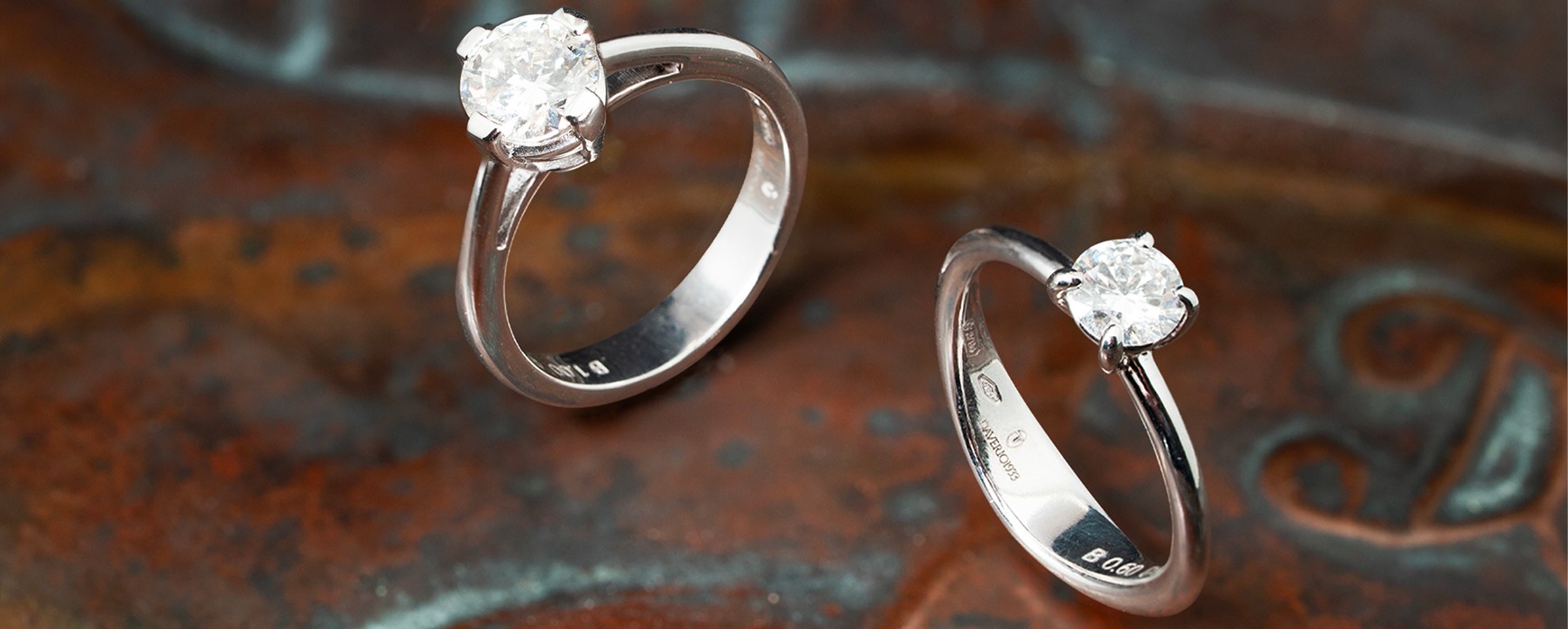
A gold ring with a single precious stone, almost always a diamond: this is the solitaire ring, the traditional engagement gift or for a special occasion. Precisely because of its high symbolic value, especially in the case of a marriage proposal, it is important to know which aspects to consider when choosing a solitaire. Here are the 3 fundamental tips for purchasing a valuable diamond ring.
1. Understanding Diamonds
Although other stones may be used, the great classic of the solitaire is the ring with a diamond, one of the most precious gems. The reason lies in its origin: it is a mineral, composed solely of carbon, that formed more than a billion years ago at over 200 kilometers beneath the Earth’s surface. Subsequently, volcanic activity transported the diamonds toward the more superficial layers, within a rock called kimberlite. Most diamonds are extracted from these deposits.
Although they exist in different colors, from the so-called fancy colors to the very rare black diamond, it is the traditional diamond that is best known and appreciated for its transparency and brilliance. To choose a solitaire, it is therefore advisable to start from the characteristics that establish the value of the diamond, namely the famous “4 Cs”.
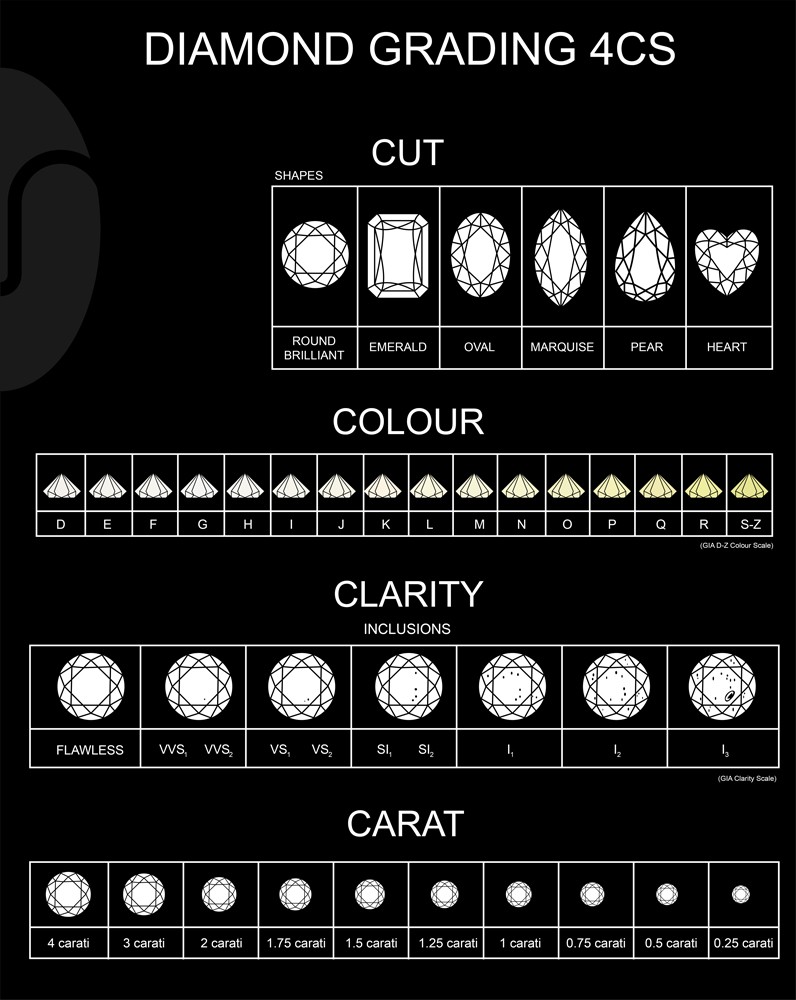
The 4 Cs of the Diamond for Choosing a Solitaire
It is the universal method for evaluating the quality of a diamond in a uniform way, anywhere in the world. It was conceived in the 1940s by Robert Shipley, founder of the Gemological Institute of America (
-
Colour
Evaluating the color of a diamond actually means evaluating the absence of color: the more colorless and transparent a diamond is, the more its value increases. The universal color scale uses letters of the alphabet and begins with the letter D. Diamonds classified as D, E, F are colorless ones, very rare; from G to J they are “near colorless” and are those most used in jewelry. Diamonds from K to Z instead show a color that progressively becomes less transparent and more tending toward yellow.
-
Clarity
The clarity of a diamond is closely related to the origin of this stone, born in the depths of the earth due to temperatures exceeding 1000°C and extremely strong pressure. Because of this process, diamonds can often show typical “inclusions” within them, as well as external “imperfections”. Evaluating clarity therefore means establishing what and how many inclusions and imperfections there are in a diamond and how much they affect the general appearance of the gem. If they are not visible at 10x magnification, the diamond is classified as FL (Flawless), meaning “impeccable”.
-
Cut
The brilliance of the diamond depends on the cut, which does not concern the shape given to the stone, but the number, proportions and symmetry of the facets created on its surface to interact with light. For this reason, among the 4 Cs it is the most difficult to evaluate from a technical standpoint.
-
Carat
The carat does not measure the size of the diamond, but its weight: one carat equals 0.20 grams. Naturally, the heavier a diamond is, the larger it is and therefore of greater value. On the other hand, two diamonds equal in carats can have a very different value, and therefore price, based on the other Cs, namely color, clarity and cut.
2. Purchase Certified and Ethical Diamonds
The safest way to be certain of choosing a valuable solitaire ring is to rely on a professional. It is important that the diamond ring has an official certification that reports the characteristics of the stone; this document becomes essential when one wishes to take out insurance or resell the diamond.
Furthermore, certification guarantees the ethical provenance of diamonds, meaning that their extraction has no negative impacts on the environment and local populations and that it is not intended to finance wars or acts of terrorism.
3. Choose a Personalized Solitaire
To choose a solitaire, it is necessary to start with the person who will wear it, especially if it is a special gift, such as an engagement ring. Once the diamond is chosen, it will be the setting that enhances it and gives personality to the jewelry. The best way is to create a personalized piece, with a setting designed and crafted to measure, choosing materials and shapes. In this case too, the suggestion is to rely on experienced designers who will know how to create the perfect solitaire for every need.
